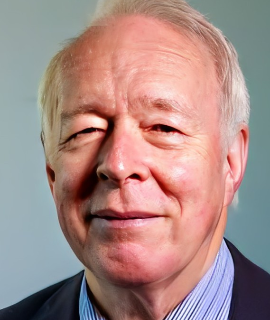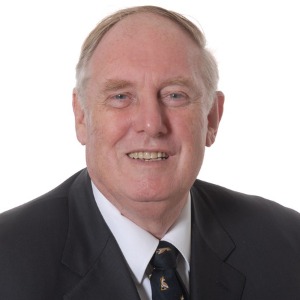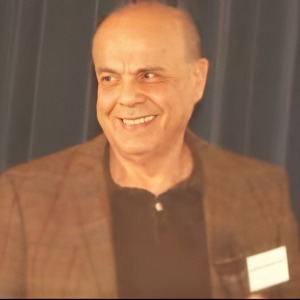Peri radicular surgery
Peri-radicular surgery in dentistry is a type of surgical procedure that is used to treat a variety of conditions related to the teeth, jaws, and gums. This type of procedure is typically performed when a tooth has become severely damaged due to decay or trauma, and is not able to be saved with other less invasive treatments. During a peri-radicular surgery, the dentist will access the damaged tooth and surrounding tissue through an incision in the gum. The dentist will then be able to remove any infected tissue, as well as any bone that may have become damaged due to the decay or trauma. Once the infected or damaged areas have been removed, the dentist can then place a graft material to help support and protect the remaining tooth structure. The graft material helps to provide a stable foundation for the tooth and can also help to promote the regeneration of healthy tissue. Peri-radicular surgery can also be used to help treat other conditions such as periodontal disease, cysts, and tumors. In these cases, the dentist may need to remove the infected or damaged tissue, as well as any bone that has become affected by the condition. After the tissue and bone have been removed, the dentist can also place a graft material to help support and protect the remaining healthy tissue. Peri-radicular surgery is a specialized type of dental procedure, and it is important for patients to discuss this treatment option with their dentist to determine if it is the best course of action for their specific condition. It is also important for patients to ask questions about any potential risks or complications that may result from the procedure. By understanding all of the possible risks and benefits associated with peri-radicular surgery, patients can make an informed decision about their dental care.

David Geoffrey Gillam
Queen Mary University of London, United Kingdom
Christopher Turner
Spacemark Dental, United Kingdom




Title : Evaluating hygienist follow up for head and neck oncology patients in secondary care: Results from a two cycle audit
Peter Basta, Newcastle Dental Hospital, United Kingdom
Title : Atypical facial pain unravelled
Christopher Turner, Spacemark Dental, United Kingdom
Title : New treatment of temporomandibular disorder through muscle balance and muscle regeneration by activation of quiescent muscle stem cells( satellite cells) with mitochondrial dynamics
Ki Ji Lee, National Reserach Foundation & Busan Medical University, Korea, Republic of
Title : MRONJ and ORN: Referral or management in primary care? Navigating guidelines in the context of long waiting lists
Alisha Sagar, NHS England, United Kingdom
Title : Managing the unexpected: An Insight into supernumerary teeth
Bahar Gharooni Dowrani, Guy's and St Thomas' NHS Foundation Trust, United Kingdom
Title : Laxative prescribing for post operative head and neck cancer patients at Derriford Hospital
Pui Sze Kylie Li, Cardiff and Vale University Health Board, United Kingdom